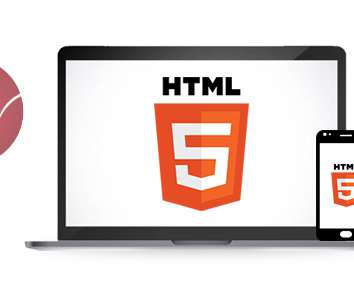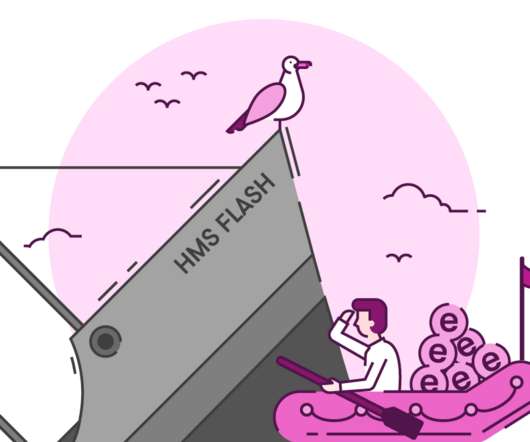How to Reduce Flash-to-HTML5 Conversion Costs
42 Design Square
MAY 30, 2019
How much do you have to spend to convert your flash-based courses converted to HTML5? The answer depends on your existing courseware and what you expect your HTML5 courseware to do. But, don’t be tempted to promote old designs just for the design cost savings. Flash to HTML5 Elearning: Costs vs. Benefits.















Let's personalize your content